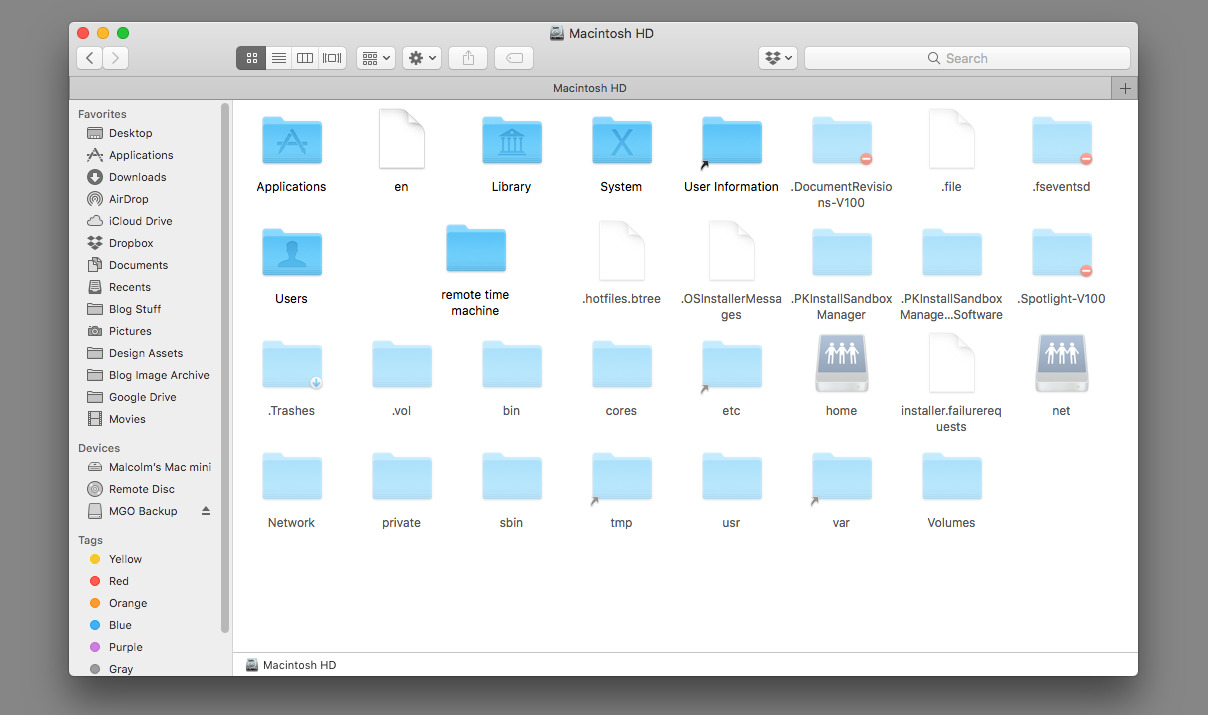
- #Macos hotkey show hidden files terminal how to#
- #Macos hotkey show hidden files terminal mac os x#
- #Macos hotkey show hidden files terminal software#
- #Macos hotkey show hidden files terminal code#
- #Macos hotkey show hidden files terminal windows#
Once Terminal is loaded copy and paste the following command in it, and then hit the ‘Return‘ key. You can also search for it through Spotlight. Open Terminal on your Mac, which you can find in LaunchPad > Others > Terminal.
#Macos hotkey show hidden files terminal code#
If you want to hide the files once more, simply re-enter the above code and change true to false. Show All Hidden files and folders on the Mac. Thanks to Guido Schlabitz for making me aware of this new shortcut. If youre using a version earlier than macOS Sierra, see Show/Hide Hidden Files using Terminal Aliases to setup a toggle command via terminal. Enter the name and register your shortcut (I use cmd + shift + t) 6. On the application drop down, select 'Other' and then choose System > Application > Utilities > Terminal.app 5. Select App shortcuts from the left pane 3. You should then be able to see any hidden files and folders on your Mac. Press once to show hidden files and again to hide them. Go to Preferences > Keyboard > Shortcuts 2. $ defaults write AppleShowAllFiles true $ killall Finder It may sound daunting, but it’s a straightforward process:
#Macos hotkey show hidden files terminal mac os x#
If you’re still running an older version of macOS – or even Mac OS X – you’ll have to use the Terminal app to show the hidden files and folders on your system. Showing hidden files using the Terminal app
#Macos hotkey show hidden files terminal software#
It’s a handy feature that, while not widely used, can come in handy when looking for hidden system software folders or hiding documents on a shared machine.Īs long as you’re running macOS Sierra or later, follow these steps: Use Keyboard Shortcut Open Finder Go to your Main Drive (Macintosh HD by default) Press and hold Shift+command()+.(dot) You will see hidden folders become. Of course, anyone can find these files using the methods listed above, so this is not a real substitution for file encryption or any other legitimate security measures.Showing hidden files on macOS Sierra or laterĪs mentioned, Apple introduced the ability to hide and show hidden files and folders with a keyboard shortcut in macOS Sierra. Drag the file you wish to hide into the Terminal window to display its path.Next, click the View tab, and then check the box next to the Hidden items text. First, open your File Explorer ( WIN + E ), and go to the folder you think has hidden files.
#Macos hotkey show hidden files terminal windows#
This would be most helpful if you have password-protected files or just want to prevent anyone who uses your Mac from messing around with something that's not already hidden. In Windows 10, the easiest way to show hidden files or folders is to use the File Explorer’s View options. Knowing this handy keyboard shortcut will help you show hidden files on Mac that you. This method might seem less helpful than going through Finder, but Terminal can also help you hide individual files and folders on your computer. To show hidden files on a Mac, use the Terminal application. Type defaults write AppleShowAllFiles false and press Enter.When you want to hide these files again, replace the value true with false, which would look like: Once both lines of code run, you should see your hidden files in Finder and any temporary files saved on the desktop. If you only need to see an invisible file once in a while, like me, I just open Terminal and navigate to.
#Macos hotkey show hidden files terminal how to#

(period) to make the hidden files appear. In Finder, click your hard drive under Locations, then open your Macintosh HD folder. Just remember that there are few reasons to mess around with these files-like relocating program directories or troubleshooting drivers-and if you're looking to clear up some hard drive space, there are other ways of accomplishing that. You can view these hidden files on a Mac via Finder or through your Mac's Terminal app. Best Hosted Endpoint Protection and Security Software.


 0 kommentar(er)
0 kommentar(er)
